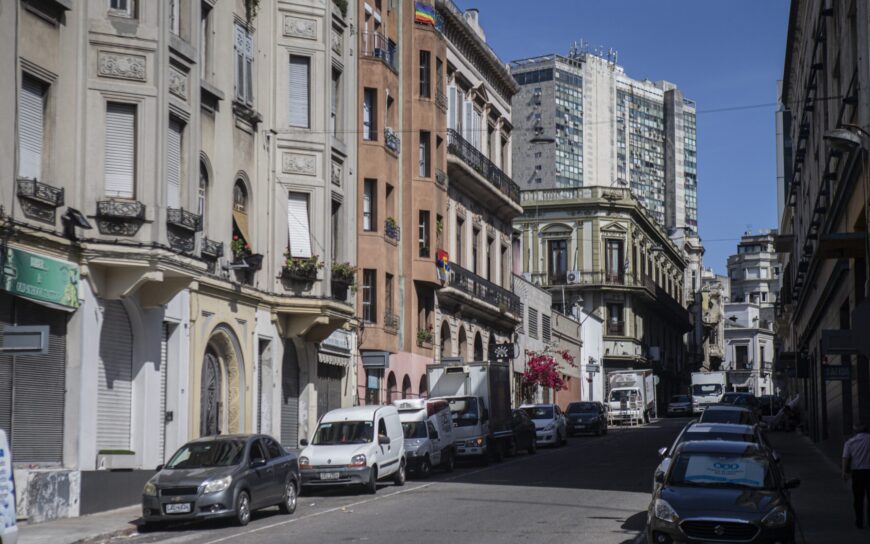Access to Housing of Migrant Populations in Montevideo
Collective dwellings are highly prevalent among migrants in south-south migration destination countries, typically associated with poor building quality, overcrowding, and unsafe rental arrangements for their occupants. Using longitudinal data from the Recent Immigration Ethnosurvey (ENIR) conducted in Montevideo from July 2018 to March 2019, this article examines the housing conditions among migrants from Cuban, Dominican, Peruvian, and Venezuelan origins. Using multivariate analysis, we discuss whether and how the community of origin, the socio-demographic characteristics of migrants, the nature of their migratory plans, the existence of support networks, and the configuration of the family unit are associated with the probability of living in collective dwellings upon arrival. This paper contributes to the growing literature on the social inclusion of migrant and refugee populations in Latin America with a topic of the utmost importance in a region with structural issues guaranteeing housing rights for its population.
Population Review
Volume 61, Number 2, 2022
Type: Article, pp. 76-95
Access to Housing of Migrant Populations in Montevideo
Authors: Julieta Bengochea, Victoria Prieto Rosas and Camila Montiel
Authors affiliations: Ciencias Sociales, Programa de Población, Universidad de República, Uruguay
Corresponding author/address: Julieta Bengochea, Universidad de la República, Facultad de Ciencias Sociales, Address: Constituyente 1502 / 11200, Uruguay, Montevideo; email: julieta.bengochea@cienciassociales.edu.uy
Abstract
Collective dwellings are highly prevalent among migrants in south-south migration destination countries, typically associated with poor building quality, overcrowding, and unsafe rental arrangements for their occupants. Using longitudinal data from the Recent Immigration Ethnosurvey (ENIR) conducted in Montevideo from July 2018 to March 2019, this article examines the housing conditions among migrants from Cuban, Dominican, Peruvian, and Venezuelan origins. Using multivariate analysis, we discuss whether and how the community of origin, the socio-demographic characteristics of migrants, the nature of their migratory plans, the existence of support networks, and the configuration of the family unit are associated with the probability of living in collective dwellings upon arrival. This paper contributes to the growing literature on the social inclusion of migrant and refugee populations in Latin America with a topic of the utmost importance in a region with structural issues guaranteeing housing rights for its population.
Keywords
collective dwelling, immigration, social inclusion, south-south migration, Latin America, Montevideo
© 2022 Sociological Demography Press
MLA
Bengochea, Julieta, et al. “Access to Housing of Migrant Populations in Montevideo.” Population Review, vol. 61 no. 2, 2022, p. 76-95. Project MUSE muse.jhu.edu/article/872055.
APA
Bengochea, J., Rosas, V.P., & Montiel, C. (2022). Access to Housing of Migrant Populations in Montevideo. Population Review 61(2), 76-95. https://www.muse.jhu.edu/article/872055.
Chicago
Bengochea, Julieta, Victoria Prieto Rosas, and Camila Montiel. “Access to Housing of Migrant Populations in Montevideo.” Population Review 61, no. 2 (2022): 76-95. muse.jhu.edu/article/872055.
Endnote
TY – JOUR T1 – Access to Housing of Migrant Populations in Montevideo A1 – Bengochea, Julieta A1 – Rosas, Victoria Prieto A1 – Montiel, Camila JF – Population Review VL – 61 IS – 2 SP – 76 EP – 95 PY – 2022 PB – Sociological Demography Press SN – 1549-0955 UR – https://muse.jhu.edu/pub/251/article/872055 N1 – Volume 61, Number 2, 2022 ER –




